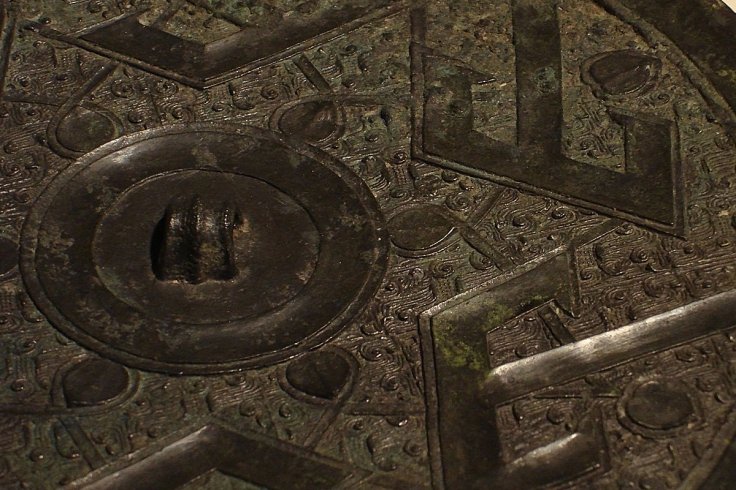
The historical significance of Asia is huge, as researchers have found many pre-historic materials from that region over years. This time a group of archaeologists excavated a 1,900-year-old Chinese mirror from Japan's Fukuoka.
The local authorities have said that the bronze mirror was made around the early second century and such kind of findings are extremely rare. Now, it has been displayed at the Fukuoka City Museum.
According to the Japanese newspaper The Asahi Shimbun, the cultural property was found at the Nakashima archaeological site in Fukuoka's Hakata Ward, which apparently belongs to the late Yayoi Pottery Culture period (300 B.C.-A.D. 300). The period is named after the neighbourhood of Tokyo where archaeologists first discovered artefacts and features from that era. In the Yayoi pottery period metallurgy was introduced in Japan based on the use of bronze and iron from parts of Korea and China.
On the other hand, according to the Metropolitan Museum of Art, "Bronze and iron were used to make weapons, armour, tools and ritual implements such as bells."
On the other hand, when the ages-old mirror was found, the question arose on its good condition. Later researchers came to a conclusion, where they stated that it was region's humid environment, which could have provided the perfect temperature to protect the mirror from oxidation.
However, the mirror may have come to Japan when the king of Na sent envoys to the Chinese capital, offering tribute and formal New Year's greetings in A.D. 107.
The mirror was manufactured in the Later Han Dynasty, between 25 A.D and measures 11.3 centimetres across. On the surface of the ancient mirror a text is written, "chang yi zisun," which means, "to benefit future generations forever."
"The latter were frequently decorated with hatched lines, triangles, spirals and geometric patterns, although representations of domesticated animals and scenes of daily life appear on some examples," the museum website explained.
Hidenori Okamura, a professor of Chinese archaeology at Kyoto University said, "The find site is not a tomb, so the mirror may have been used in religious rites. The find will also serve as a material for precisely determining the shaky date of the late Yayoi period."








